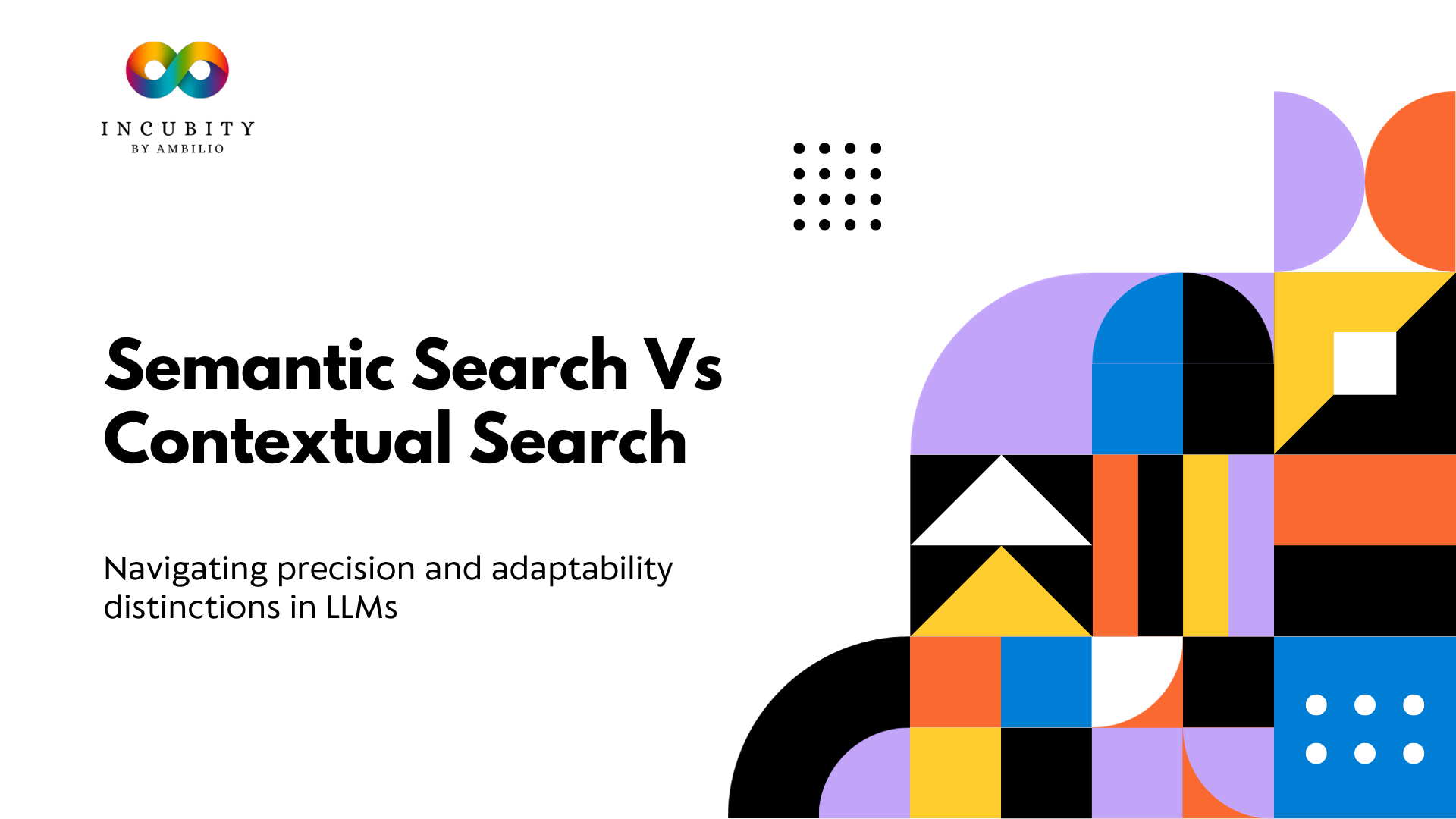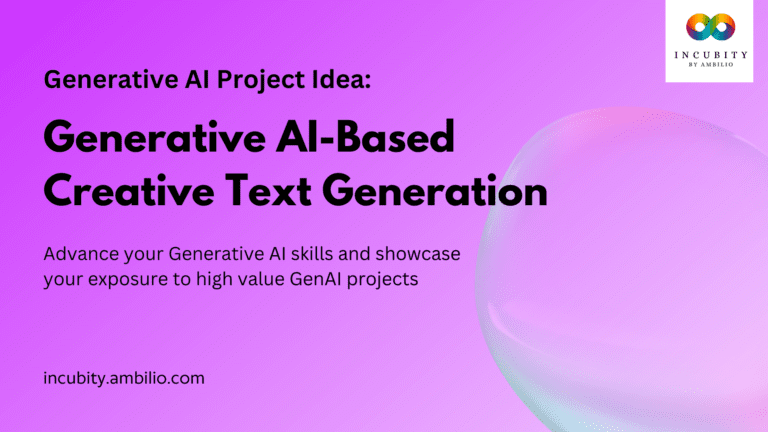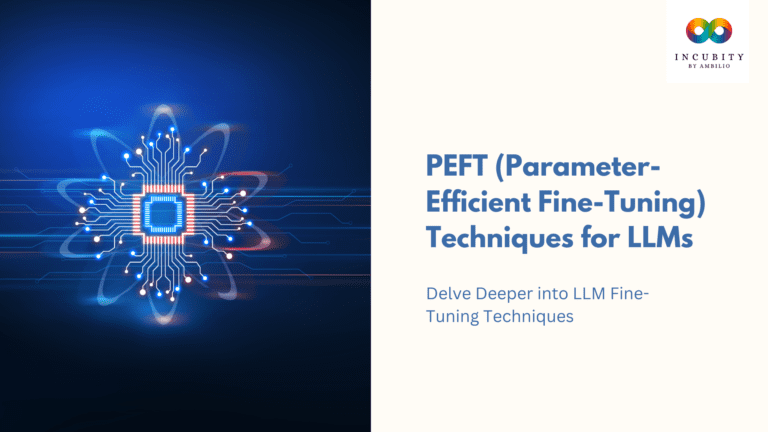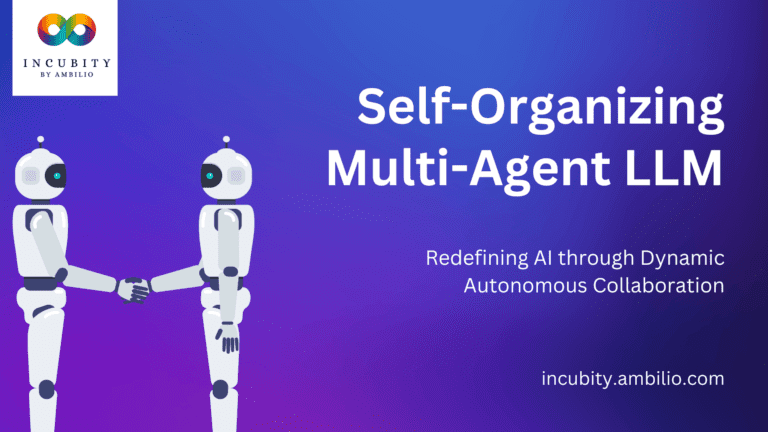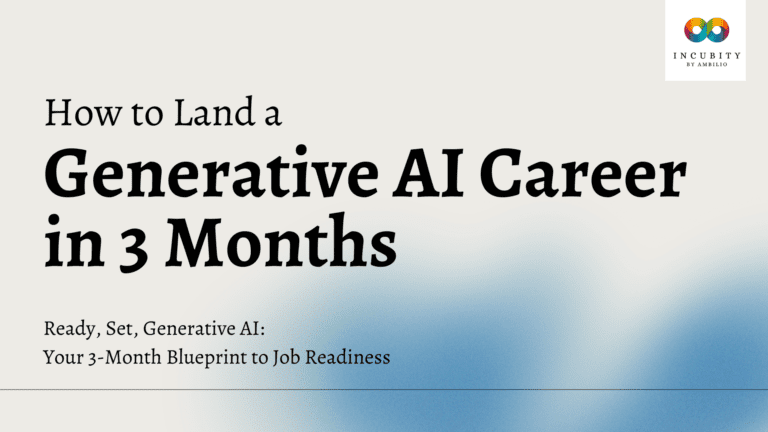In the era of Large Language Models (LLMs), the quest for efficient information retrieval has intensified, necessitating a nuanced understanding of advanced search techniques. Semantic search and contextual search stand at the forefront of this revolution, reshaping how we interact with vast datasets. These techniques leverage the power of LLMs, such as GPT, LLaMA, etc., to comprehend the intricacies of language and deliver more accurate and relevant search results. This article delves into the intricacies of semantic search vs contextual search, exploring their mechanisms, advantages, limitations, and providing a comprehensive comparative analysis.
Semantic Search: Unraveling the Meaning
Semantic search delves beyond the superficial layer of keywords, aiming to understand the deeper meaning and intent behind a query. By leveraging Natural Language Processing (NLP) techniques like word embeddings and knowledge graphs, LLMs go beyond keyword matching. They analyze the relationships between words, synonyms, and entities to grasp the user’s true information need.
How it works:
- Query Embedding: The LLM converts the user’s query into a numerical representation, capturing its semantic meaning.
- Document Understanding: Similar embeddings are generated for all documents in the LLM’s knowledge base.
- Semantic Matching: The query embedding is compared to the document embeddings based on their semantic similarity. Documents with the highest similarity score are retrieved as relevant results.
Advantages:
- High Relevance: Semantic search leads to more accurate and relevant results, even for ambiguous or complex queries.
- Understanding Context: It can handle synonyms, paraphrases, and different linguistic styles, improving comprehension.
- Personalized Search: LLMs can personalize search results based on the user’s past interactions and preferences.
Limitations:
- Computational Cost: NLP techniques employed in semantic search can be computationally expensive, impacting latency and scalability.
- Knowledge Dependence: The accuracy of semantic search relies heavily on the quality and comprehensiveness of the LLM’s knowledge base.
- Data Bias: Biases present in the training data can affect the interpretation of queries and lead to biased results.
Contextual Search: Decoding the Surroundings
Contextual search focuses on the immediate context of the query. It analyzes surrounding text, previous interactions, and user location to infer the user’s specific information needs within that context.
How it works:
- Context Analysis: The LLM analyzes the context surrounding the query, including previous sentences, dialogue history, or user location.
- Dynamic Interpretation: The query is interpreted considering the extracted context, potentially modifying its meaning.
- Context-Aware Retrieval: Documents relevant to the query within the inferred context are retrieved and presented to the user.
Advantages:
- Highly Personalized: Contextual search personalizes results based on the specific context of each interaction, leading to highly relevant and timely responses.
- Dynamic Interpretation: It can handle ambiguous queries by dynamically interpreting them based on the surrounding context.
- Location-Based Search: Leveraging user location data, contextual search can provide geographically relevant results.
Limitations:
- Over-Reliance on Context: Overly focusing on context can lead to overlooking potentially relevant information not directly present in the immediate context.
- Privacy Concerns: Utilizing user data for contextual search raises privacy concerns and requires careful implementation with user consent.
- Technical Challenges: Accurately capturing and interpreting context remains a complex technical challenge for LLMs.
Semantic Vs Contextual Search: A Head-to-Head Comparison
| Parameters | Semantic Search | Contextual Search |
|---|---|---|
| Approach | Emphasizes meaning and context | Focuses on the conversation flow |
| Precision | High, as it understands user intent | High in maintaining context |
| Adaptability | Limited adaptability in real-time | Adapts to evolving user intent |
| Resource Usage | Moderate, less resource-intensive | Resource-intensive due to context retention |
| Training Data Dependency | Significant | Moderate |
| Use Cases | General queries, information retrieval | Conversational AI, chatbots |
| Performance in Specialized Domains | Moderate | Limited, unless trained specifically |
The Future: Intersecting Paths
While semantic and contextual search possess distinct strengths and weaknesses, the future might lie in their synergy. By combining the powerful semantic understanding of LLMs with their ability to capture and utilize context, we can create even more accurate and personalized search experiences. This would involve developing robust methods for context integration within semantic search frameworks, simultaneously addressing privacy concerns and ensuring ethical data usage.
Final Words
Ultimately, both semantic and contextual search offer promising avenues for enhancing the search capabilities of LLMs. As these techniques continue to evolve and converge, we can expect to witness a new era of information retrieval, where LLMs understand our queries not just for the words we use, but for the meaning we strive

